Description

1. Parameter Specifications
- Power Supply: The PXIE – 8861 typically operates within a PXI Express chassis, relying on the chassis power supply. It usually consumes around 30 – 40W of power, which is appropriate for its high – performance computing capabilities.
- Processor: It is equipped with a high – end Intel Xeon processor. For instance, it may feature a multi – core Intel Xeon processor with clock speeds up to 3.0 GHz or higher. This powerful processor enables fast data processing and multitasking, making it suitable for complex test and measurement applications.
- Memory: The module comes with a large amount of memory. It can be configured with up to 32 GB of DDR4 SDRAM, providing sufficient memory for running large – scale applications and storing data during testing.
- Storage: It has internal storage options, such as a solid – state drive (SSD). The SSD capacity can range from 128 GB to 512 GB, allowing for quick data access and storage of test results, configuration files, and software applications.
- Communication Interfaces:
- PXI Express Interface: It uses the PXI Express bus for high – speed communication with other modules in the PXI Express chassis. The PXI Express interface offers data transfer rates of up to 16 GB/s per lane, enabling rapid data exchange between the controller and other peripheral modules.
- External Interfaces: It provides various external interfaces, including Gigabit Ethernet ports for network communication, USB 3.0 ports for connecting external devices like storage drives and cameras, and DisplayPort for connecting to monitors.
2. Applications
- Automotive Testing: In the automotive industry, the PXIE – 8861 is used for comprehensive vehicle testing. It can control and monitor multiple test equipment simultaneously, such as dynamometers, emission testing devices, and electrical system testers. The high – performance processor can handle the complex algorithms required for analyzing vehicle performance data, such as engine efficiency, fuel consumption, and electrical system stability.
- Aerospace and Defense: In aerospace and defense applications, the PXIE – 8861 is employed for testing avionics systems, radar systems, and communication equipment. It can simulate different operating conditions and scenarios, and quickly process the large amounts of data generated during testing to ensure the reliability and performance of these critical systems.
- Semiconductor Testing: In semiconductor manufacturing, the PXIE – 8861 is used for testing semiconductor devices. It can control the test equipment, collect and analyze the test data, and determine the quality and performance of the semiconductor chips. The high – speed data processing capabilities are essential for handling the large number of test points and complex test patterns.
3. Weight and Dimensions
- Weight: The PXIE – 8861 weighs approximately 2.5 kg. Its weight is designed to be manageable for installation and maintenance within the PXI Express chassis.
- Dimensions: It is designed to fit into a standard PXI Express chassis. The dimensions are typically around 260 mm in length, 210 mm in width, and 80 mm in height, which comply with the PXI Express form – factor specifications.
4. Features
- High – Performance Computing: The powerful Intel Xeon processor and large amount of memory enable the PXIE – 8861 to handle complex computational tasks in real – time. This is crucial for applications that require fast data processing, such as signal processing, image processing, and algorithm execution.
- Flexible Configuration: It can be easily configured to meet different application requirements. Users can adjust the memory, storage, and communication settings according to their specific needs.
- Scalability: As a part of the PXI Express platform, the PXIE – 8861 offers scalability. It can be integrated with other PXI Express modules to expand the functionality of the test system, allowing for the construction of more comprehensive and customized test solutions.
5. Stability and Reliability
- Robust Construction: The PXIE – 8861 is built with a rugged enclosure that can withstand harsh environmental conditions, including high temperatures, humidity, dust, and mechanical vibrations.
- Quality Components: It uses high – quality electronic components that are selected for their reliability and long – term performance. These components are tested rigorously to ensure they can operate under extreme conditions.
- Redundancy Options: Some configurations of the PXIE – 8861 support redundancy features, such as redundant power supplies and network interfaces. This helps to ensure continuous operation in case of a component failure.
6. Real – World Examples
- Automotive Engine Testing Facility: In an automotive engine testing facility, the PXIE – 8861 is used as the central controller for a complex engine test stand. It controls the engine’s operating parameters, such as fuel injection, ignition timing, and throttle position. At the same time, it collects data from various sensors installed on the engine, including temperature sensors, pressure sensors, and vibration sensors. The high – performance processor of the PXIE – 8861 can analyze this data in real – time, providing engineers with valuable insights into the engine’s performance and helping them to optimize the engine design.
- Aerospace Avionics Testing Laboratory: In an aerospace avionics testing laboratory, the PXIE – 8861 is used to test the flight control systems of aircraft. It can simulate different flight conditions, such as take – off, cruising, and landing, and monitor the response of the avionics systems. The large amount of memory and high – speed data transfer capabilities of the PXIE – 8861 allow for the storage and analysis of the vast amounts of data generated during the testing process, ensuring the safety and reliability of the avionics systems.




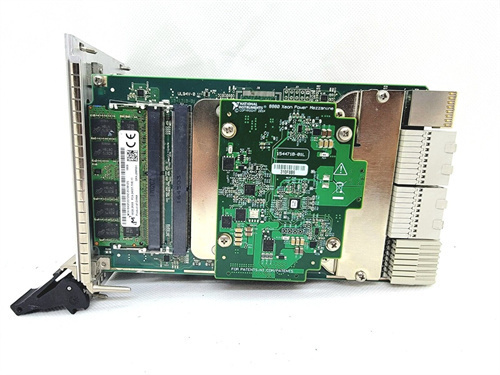

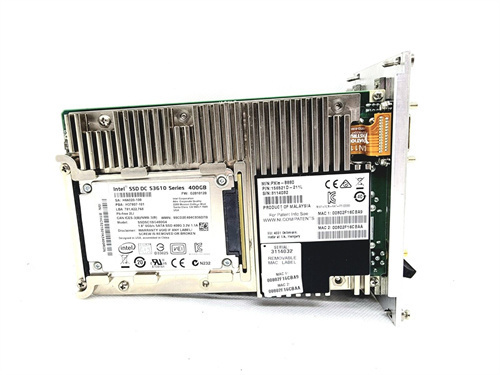
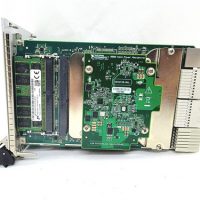


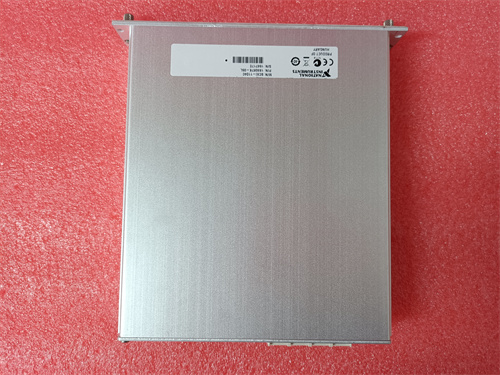
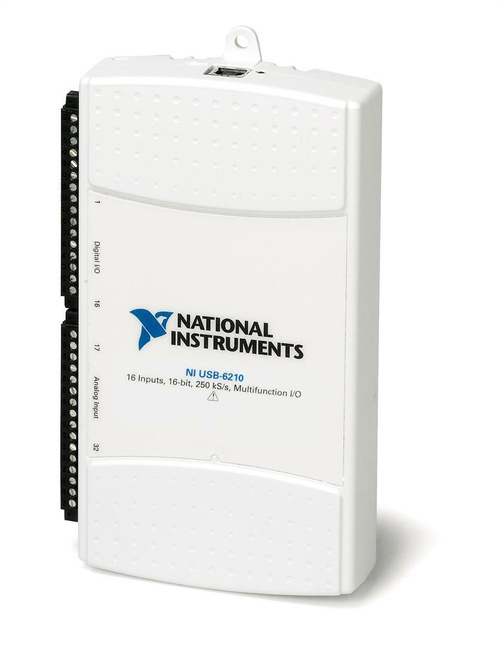

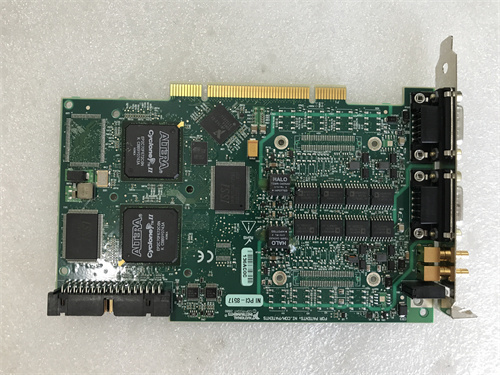


Reviews
There are no reviews yet.